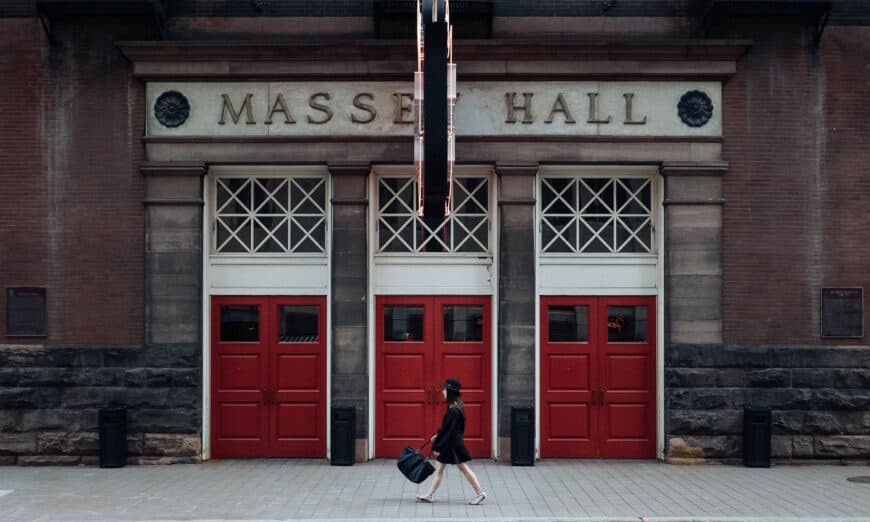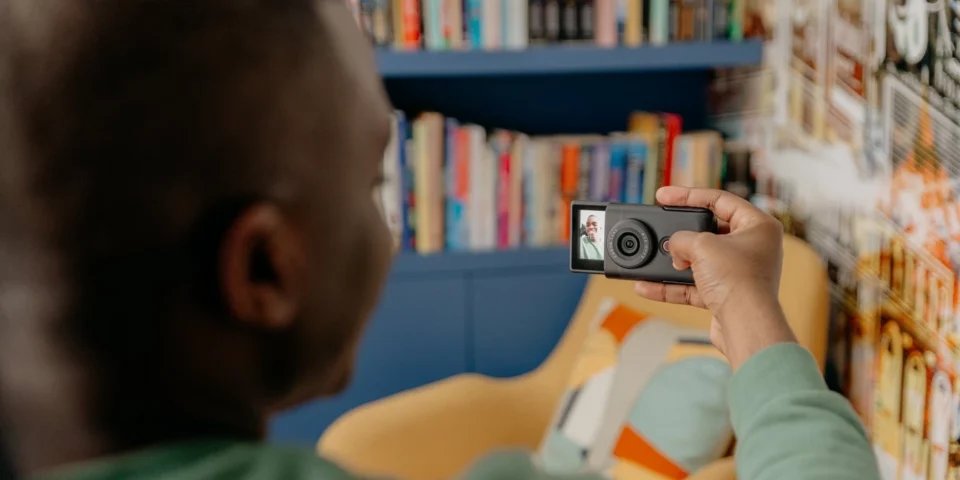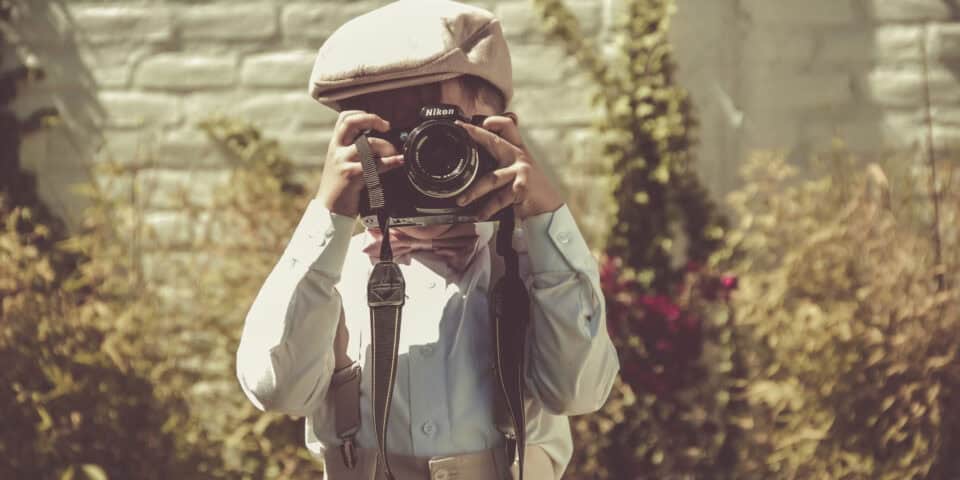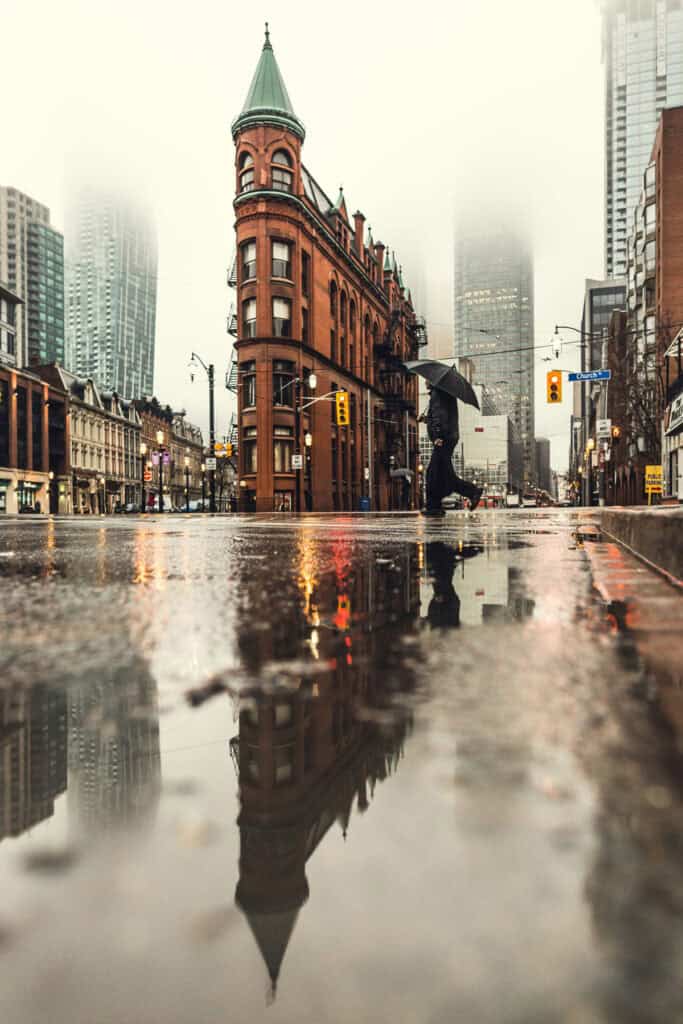
Street photography is a dynamic and captivating genre that requires a keen eye, quick reflexes, and the right gear. Understanding which aspects of camera equipment are most crucial for capturing those fleeting, spontaneous moments is essential. This guide delves into three key elements: wide-angle lenses, image stabilization, and f-stop, helping both new and experienced photographers make informed choices.
Wide-Angle Lenses
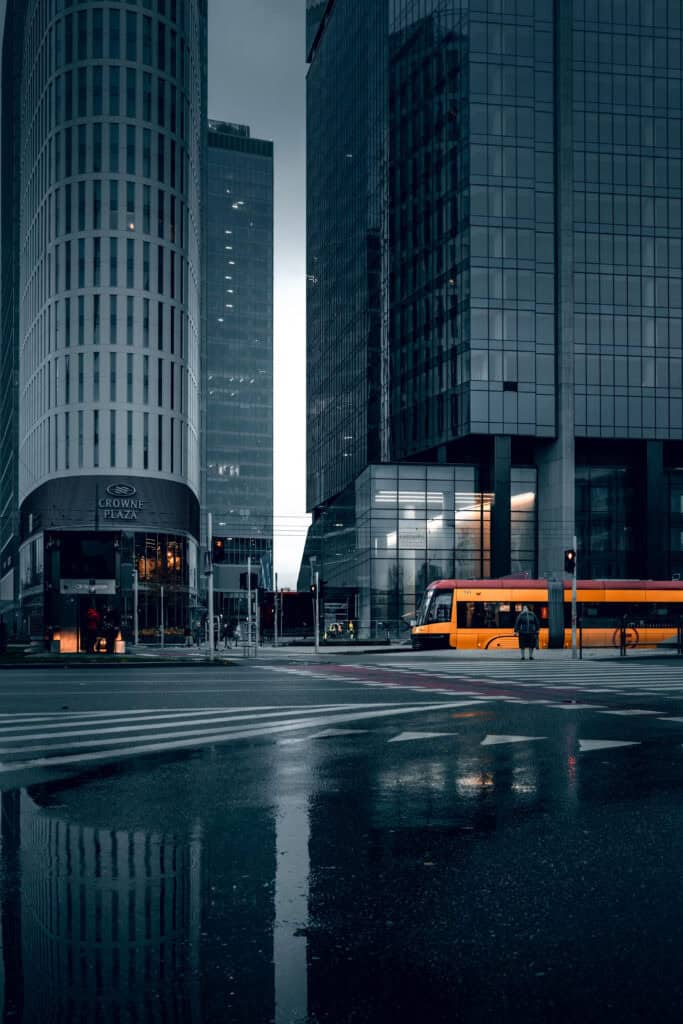
Why They Matter:
Wide-angle lenses are a staple in street photography. They allow photographers to capture expansive scenes, including the vibrant environment and its inhabitants, in a single frame. Typical focal lengths for street photography range from 24mm to 35mm, providing a broad field of view without excessive distortion.
Tips:
- Get Close: Wide-angle lenses encourage getting closer to the subject, immersing viewers in the scene.
- Capture Context: Use the wide field of view to incorporate interesting backgrounds and surroundings that add context to the subject.
- Be Discreet: Wide-angle lenses allow shooting from the hip or in tight spaces without drawing too much attention.
Recommended Gear:
- Canon EF 24mm f/2.8 IS USM
- Nikon AF-S NIKKOR 24mm f/1.8G ED
- Sony FE 28mm f/2
- Sigma 24mm f/1.4 DG HSM Art (available for all major camera bodies/brands)
F-Stop vs. Image Stabilization:
When it comes to deciding between the importance of f-stop and image stabilization (IS), it’s essential to understand their roles and how they affect your photography.
F-Stop (Aperture)
What it does:
The f-stop controls the aperture size, influencing the depth of field and the amount of light entering the lens. A wide aperture (low f-stop number) creates a shallow depth of field, isolating the subject from the background and adding a professional touch to images.
Controls Light
The f-stop determines the aperture size, which controls the amount of light entering the lens. A low f-stop (such as f/1.8 or f/2.8) lets in more light without raising ISO to much. This is because a lower f-stop corresponds to a wider aperture, which allows more light to enter the lens and reach the camera sensor. Conversely, a high f-stop (such as f/16 or f/22) corresponds to a smaller aperture, letting in less light.
Depth of Field
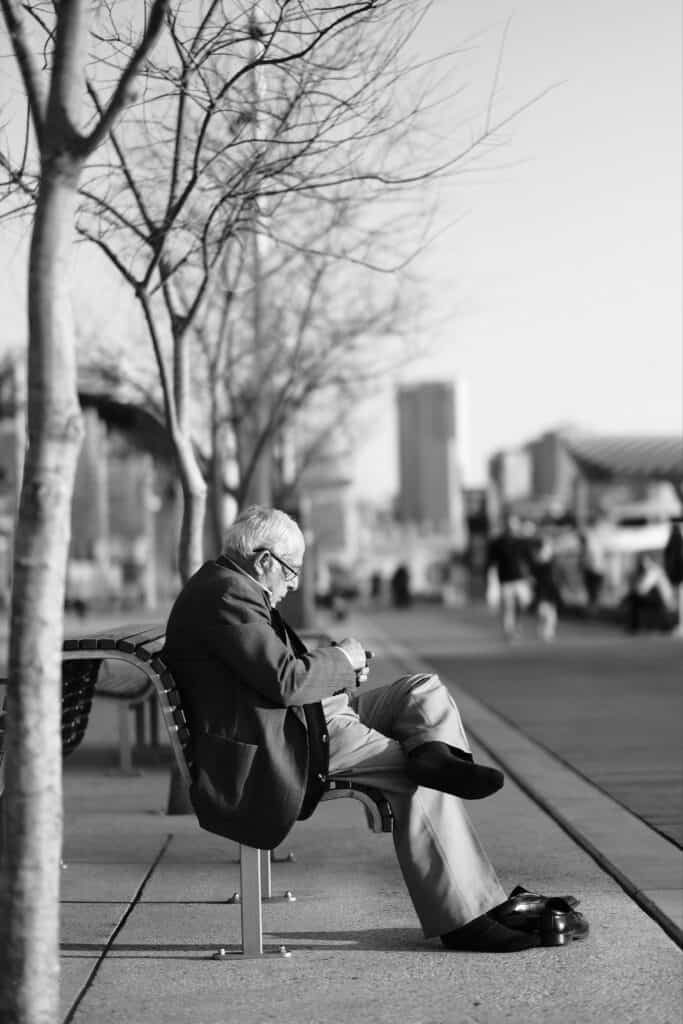
A lower f-stop (e.g., f/1.8) creates a shallow depth of field, blurring the background and making the subject stand out.
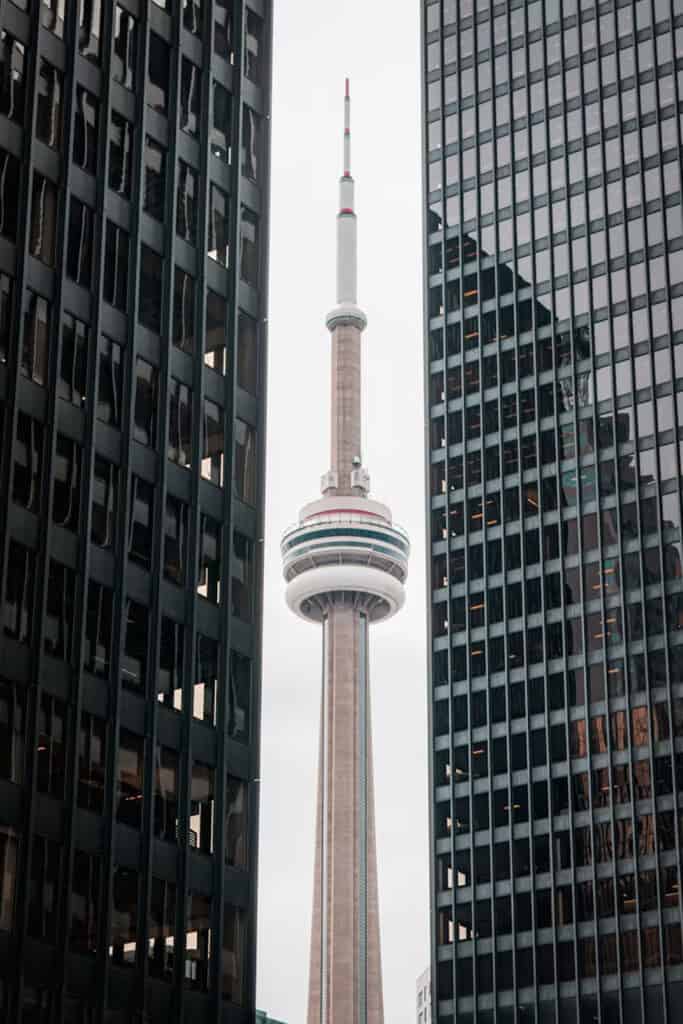
A higher f-stop (e.g., f/16) increases the depth of field, keeping more of the scene in focus.
Importance of F-Stop:
- Portrait Photography: A low f-stop is crucial for creating a pleasing bokeh effect and isolating the subject.
- Low-Light Situations: Essential for capturing sharp images in dim conditions.
- Creative Control: Offers more flexibility in controlling the artistic aspects of an image.
Image Stabilization (IS)
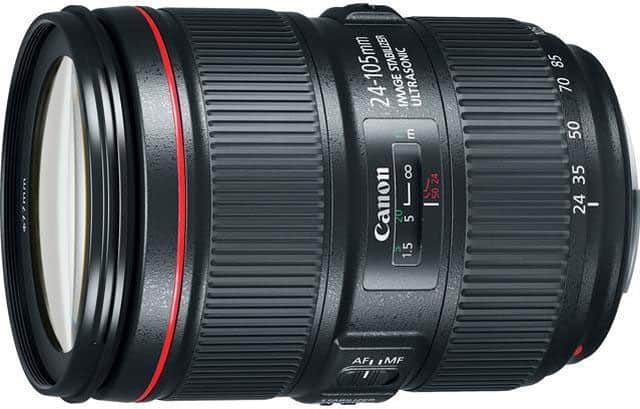
Image stabilization (IS) is crucial for street photographers who often shoot handheld and in low light. IS helps reduce camera shake, allowing for shooting at slower shutter speeds without blurring the image. This feature is particularly useful when capturing the hustle and bustle of city life in low-light conditions.
What It Does:
- Reduces Camera Shake: IS helps minimize the effects of camera shake, allowing for sharper images when shooting handheld.
- Slower Shutter Speeds: Enables shooting at slower shutter speeds without introducing blur, which is particularly useful in low-light situations.
- Versatility: Helpful in various photography styles, including street, travel, and wildlife photography.
Importance:
- Handheld Shooting: Crucial for achieving sharp images without a tripod, especially in low light.
- Video Recording: Reduces camera shake, resulting in smoother footage.
- Telephoto Lenses: Essential when using long lenses, where camera shake is more pronounced.
Which is More Important for Street Photography?
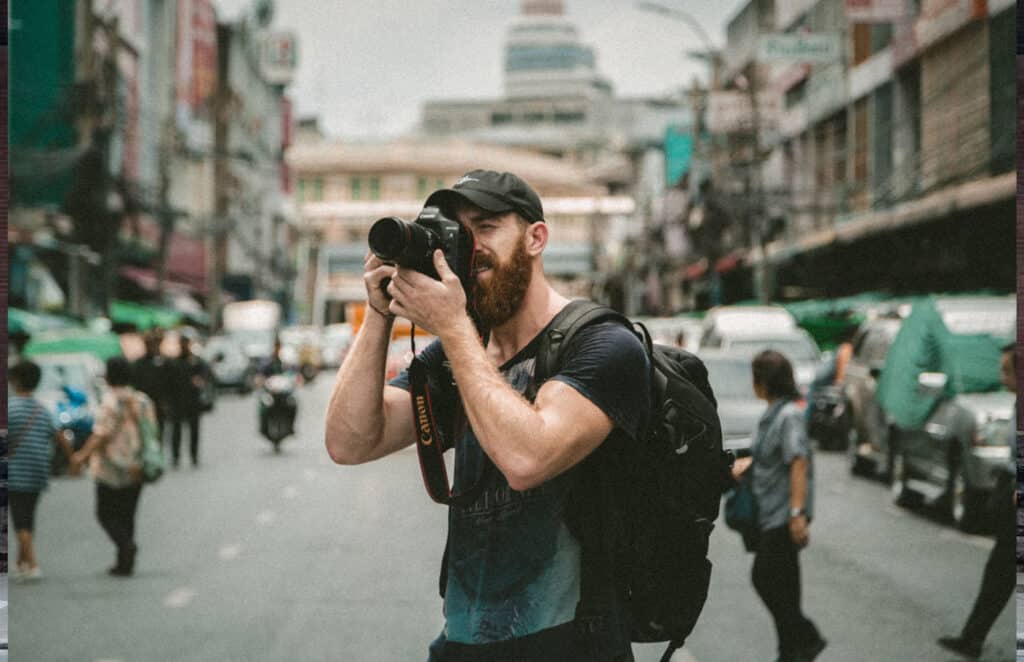
The importance of f-stop vs. image stabilization depends on your photography style and the specific scenarios you encounter:
For Creative and Low-Light Street Photography: A lower f-stop is generally more important as it allows for more creative control over depth of field, letting you isolate your subject from the busy backgrounds of city streets and perform better in low-light conditions.
For General and Handheld Street Photography: Image stabilization becomes more critical, especially if you shoot handheld frequently and in varying lighting conditions. IS helps to ensure sharp images when you’re on the move or shooting in less-than-ideal lighting without a tripod.
Choosing the right lens:
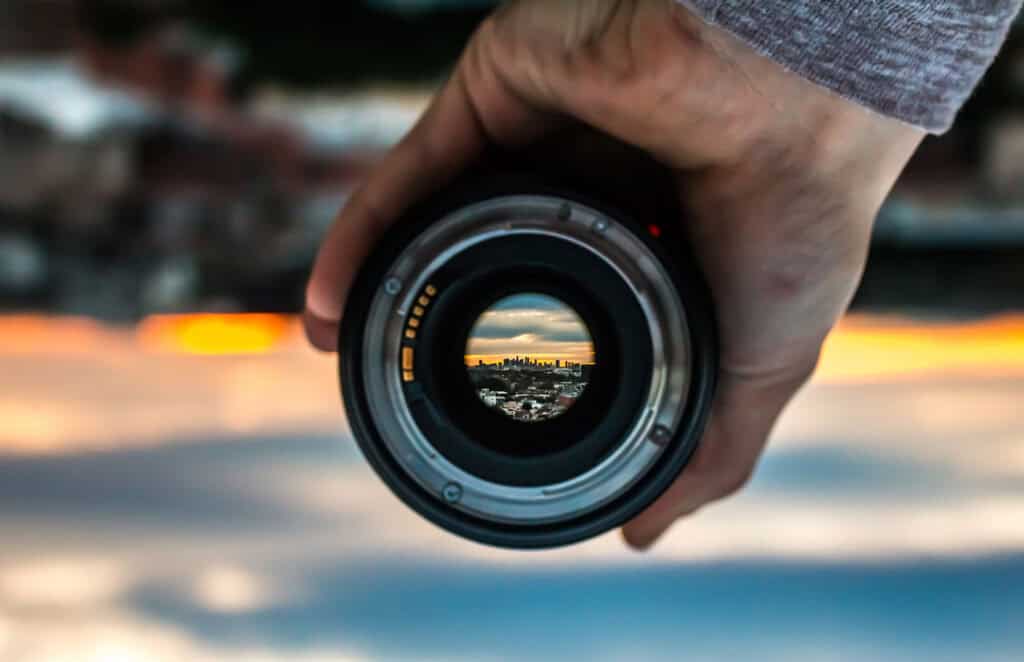
Image Stabilization Lenses for Street Photography:
- Canon: Canon EF 24-105mm f/4L IS USM – Look for “IS” on the lens barrel, which stands for “Image Stabilization”.
- Nikon: Nikon AF-S NIKKOR 70-200mm f/2.8G ED VR II – Look for “VR,” which stands for “Vibration Reduction”.
- Sony: Sony FE 24-105mm f/4 G OSS – Look for “OSS,” which stands for “Optical SteadyShot”.
- Sigma: Sigma 18-35mm f/1.8 DC HSM Art – Look for “OS,” which stands for “Optical Stabilization”. (Available for most camera bodies)
Great Camera Lenses with a low f-stop for Street Photography:
- Canon EF 50mm f/1.8 STM
- Nikon AF-S NIKKOR 50mm f/1.4G
- Sony FE 50mm f/1.8
- Sigma 30mm f/1.4 DC DN Contemporary (Available for most camera bodies)
Why both are important
Both f-stop and image stabilization are crucial, but their importance varies based on the context:
- Prioritize F-Stop: When you need creative control over depth of field, better low-light performance, and artistic flexibility.
- Prioritize Image Stabilization: When you shoot handheld, in varying light conditions, and need to minimize camera shake for sharper images.
In many cases, modern lenses and cameras offer both features, allowing photographers to enjoy the benefits of both. For best results, choose equipment that aligns with your primary photography needs and shooting style.
Tips and Tricks: Challenges for Street Photographers
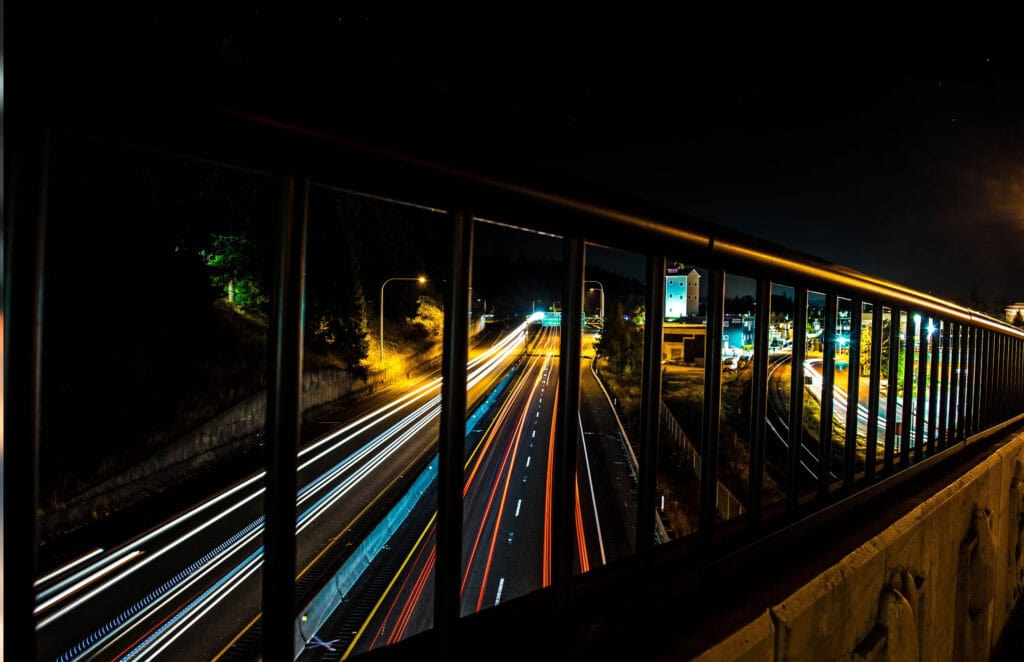
To improve street photography skills, try these three challenges. Each will teach a new trick and enhance your capabilities.
- Low Light Challenge:
- Objective: Capture sharp, well-exposed images in low light conditions using image stabilization and wide aperture settings.
- Tip: Experiment with slow shutter speeds and IS to minimize camera shake. Use a wide aperture to allow more light into the lens.
- Share: Tag @HenrysCameras on social media with your results!
- Close-Up Storytelling:
- Objective: Use a wide-angle lens to get close to your subjects and capture the environment’s essence.
- Tip: Move in close to your subject, filling the frame while incorporating interesting background elements that add context.
- Share: Tag @HenrysCameras on social media with your close-up shots!
- Bokeh Mastery:
- Objective: Create beautiful bokeh effects by using a wide aperture to isolate your subject from the background.
- Tip: Use a prime lens with a low f-stop number (e.g., f/1.8). Focus on the subject’s eyes and let the background blur naturally.
- Share: Tag @HenrysCameras on social media with your bokeh masterpieces!
The importance of each feature depends on shooting style and specific circumstances. Experiment with different settings and gear to find what works best. For more tips, tricks, and gear recommendations, visit Henry’s and explore a wide selection of photography equipment. Follow Henry’s on social media for the latest updates and expert advice.
Explore More
